The BMW 507 would distance the marque from its pre-War design hangover
With the post-War car market in America booming, importer Max Hoffman’s New York office had the ear of every European manufacturer. Having already found an American market for Jaguar, Hoffman soon got wind of BMW’s ambition to create a much-needed sports car – one intended to follow in the wake of the boatloads of 300 SLs and 356 Speedsters soon to make the voyage across the Atlantic at his behest. With BMW’s new V8 engine awaiting a sporting model to receive it, his only concern was that the car’s outward appearance might remain a little too faithful to the already ageing (but by no means fallen) ‘Baroque Angel’ saloons on which it was to be based.
A few pivotal pen-strokes
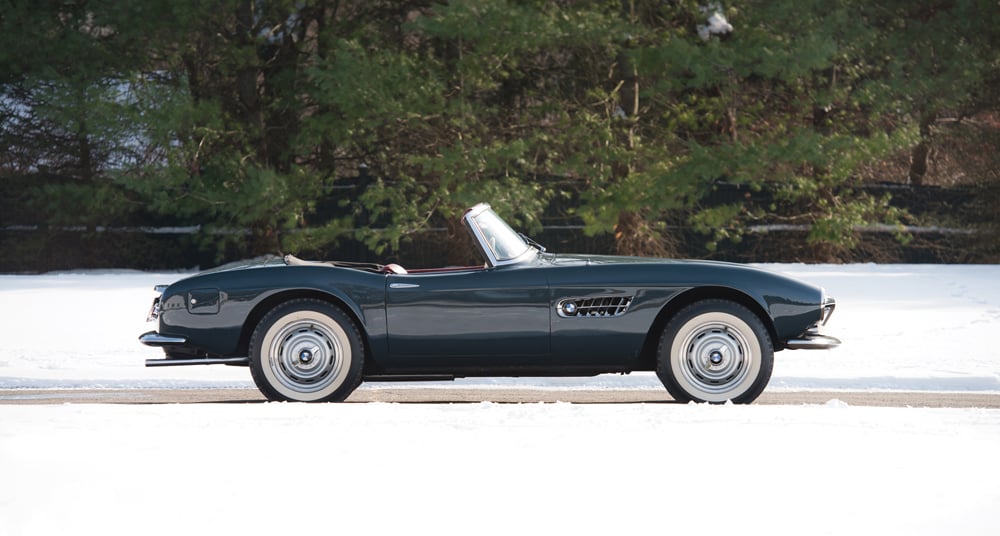
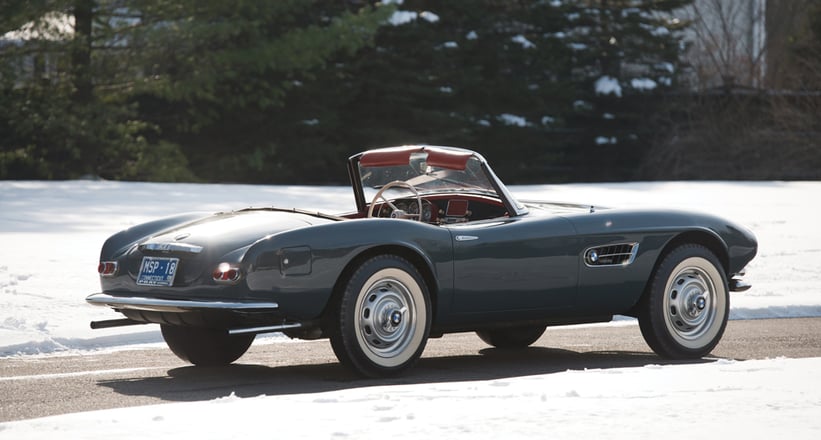
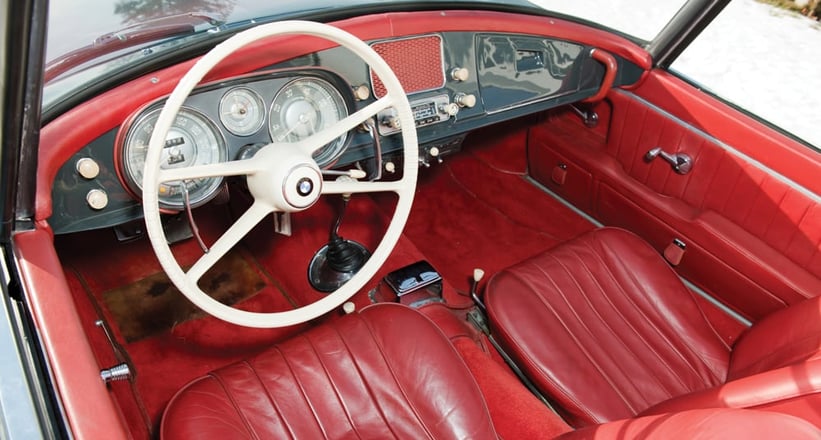
For this reason, Hoffman suggested that designer Albrecht von Goertz send some design proposals from America to Munich – a move that was to prove momentous. The board immediately chose his proposal for a modern (yet deliciously timeless) roadster over Ernst Loof's more traditional offering, believing the former capable of distancing the marque from its pre-War design hangover.
Goertz's gills and grilles
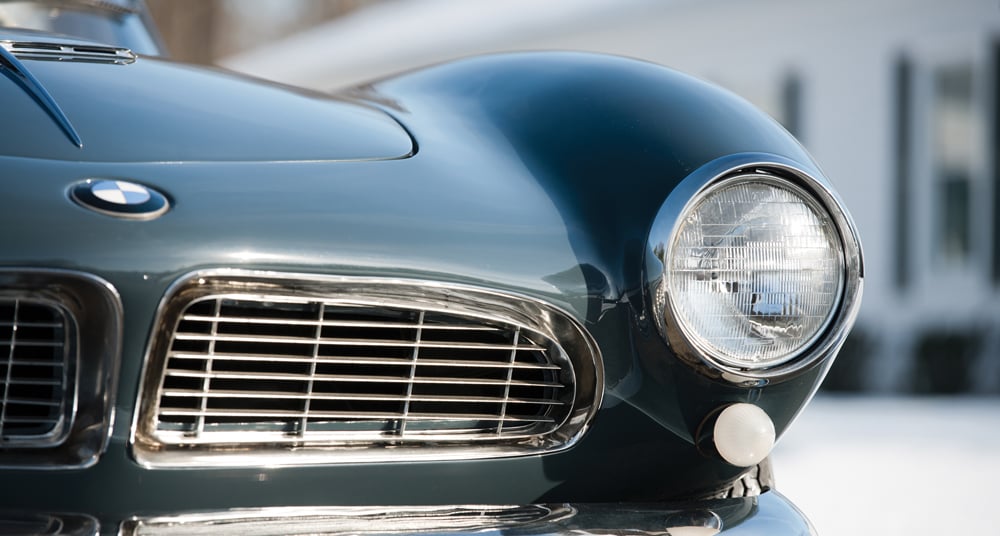
From the much-broadened kidney grilles, back through the gently sweeping beltline and over the delightful rear haunches, the Goertz-penned 507 was astoundingly beautiful. Its stylistic reverberations can be felt to this day (see the side-ventilation ‘shark gills’ or the forward-lean of the trademark kidneys), but appreciation for it came right from its debut in 1955 at the Waldorf Astoria. Elvis Presley and Count Agusta each gave one as a gift to Ursula Andress and John Surtees, respectively; and while only the rich and famous might ever have been able to afford one, the fact that no more than 251 were produced adds to their allure, both then and now.
Deathless desirability
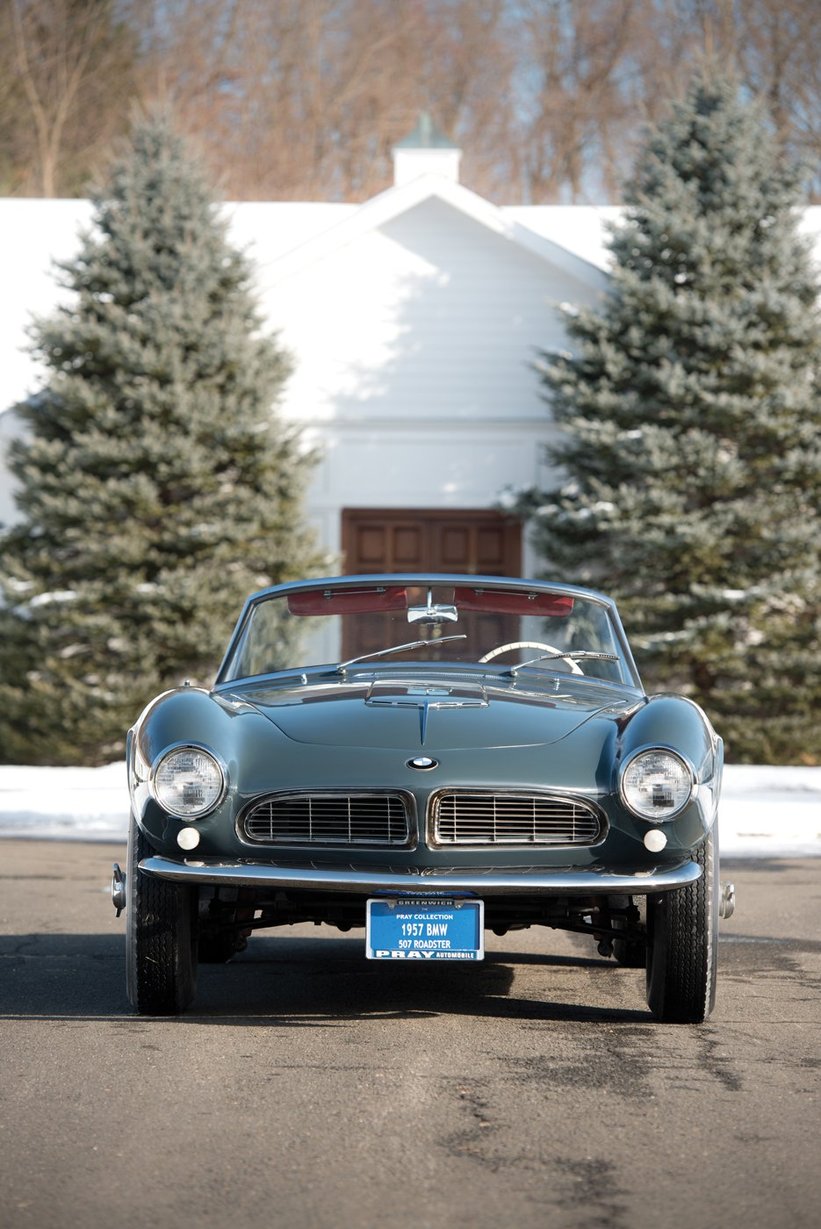
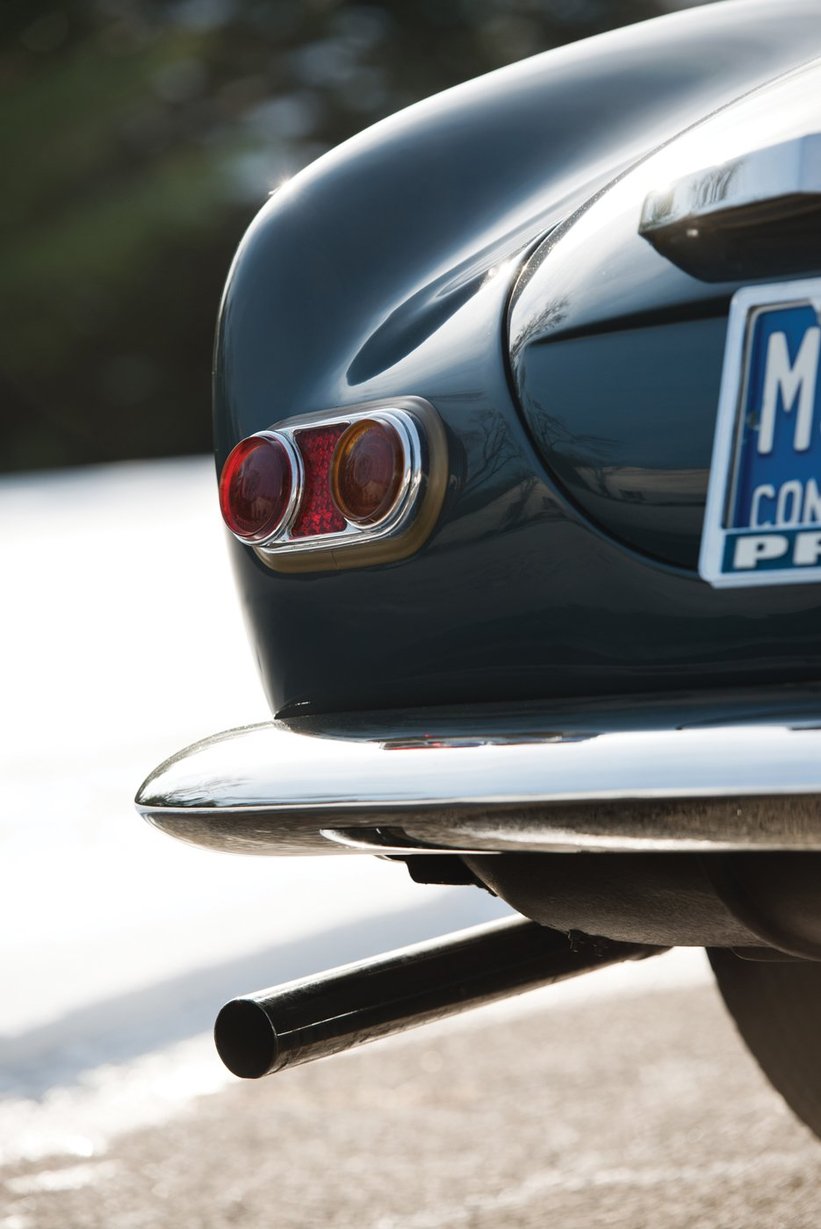
This has contributed towards the widely held belief that the 507 is BMW’s single most desirable production car, a belief reflected in its current market value. Last November, RM Auctions sold a rare silver Series II example for $1.65m at its fitting ‘Art of the Automobile’ sale. The Rudge-wheeled Series II seen here will soon cross the block at RM’s Amelia Island auction, carrying an estimate of $1.4m - $1.8m.
Its price at the time might have put it agonisingly out of reach for most buyers but, today, the resulting rarity only adds a facet of exclusivity to the appeal of the 507’s visual and dynamic timelessness.




















